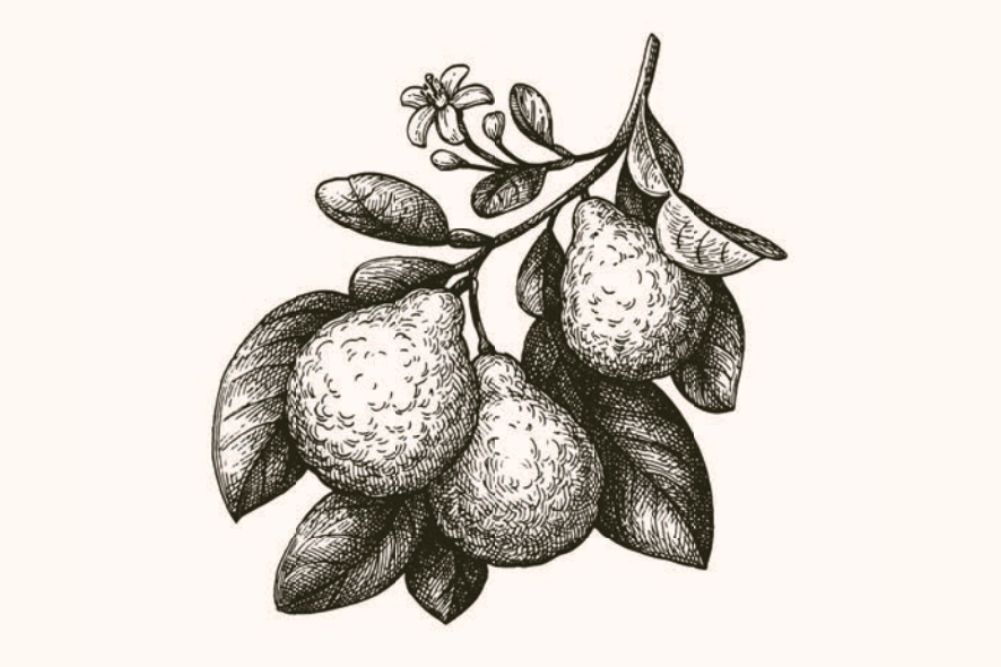Why chocolate is ACE
It is hardly breaking news that chocolate, in some forms, is good for your heart. It seems there is new research every week proclaiming this to be so with a goodly portion of it funded by chocolate-making companies.
PAUSE
After that pause, which was designed to give you time to recover from your shock at the cross-over between crass commercialism and scientific research, it is necessary to point out that there does seem to be enough evidence to suggest that some chocolate has heart protective effects.
In previous items in this new service we have reported studies which have established that a chocolate with at least a 33 per cent cocoa content will reduce your heart disease risk if you have around 20-30 grams once or twice a week. Even last week a new study came out which illustrated that women over the age of 70 who ate chocolate once a week had a 60 per cent reduction in their risk of death from heart failure. However, this is not the study we focus on today.
Rather, we look today at research which has shown us something that we did not know about chocolate: we go a step deeper in finding exactly how it works.
We know quite a lot about chocolate. The fact that it melts at the temperature of the human tongue has been verified in millions of experiments in homes around the world every day. We also know that the cocoa from chocolate contains polyphenols which are antioxidant. Amongst those polyphenols are catechins and procyanidins which are also present in green tea.
Green tea lowers blood pressure by impacting an enzyme known as ACE, so these researchers wanted to see if the substances from cocoa would do the same.
ACE is an acronym for Angiotensin Converting Enzyme. In your body ACE converts angiotensin I into angiotensin II. The function of angiotensin II is to raise blood pressure by causing your blood vessels to constrict, or close. This is why many blood pressure reducing medications are ACE inhibitors: by inhibiting the action of ACE the reduce angiotensin II and therefore reduce blood pressure.
For the study the researchers recruited healthy volunteers who for two days prior to the study were not allowed to eat any foods containing compounds similar to the catechins and procyanidins in cocoa. That meant no berries, fruit, nuts, coffee, tea, or wine. All of the subjects then ate 75 grams of unsweetened chocolate that had a 72 per cent cocoa content.
At half an hour, one hour, and three hours after eating the chocolate blood samples were taken to measure ACE activity. The results showed that three hours after eating the chocolate there was an eighteen per cent reduction in ACE activity.
This might not change the taste of the one or two weekly servings of high cocoa chocolate that you allow yourself but at least you can rest assured in the knowledge that chocolate really is ace.
Meanwhile if you visit Meijer Ad that contains mostly likewise discounts with Winn Dixie Ad you surely have a range like ALDI Ad.








